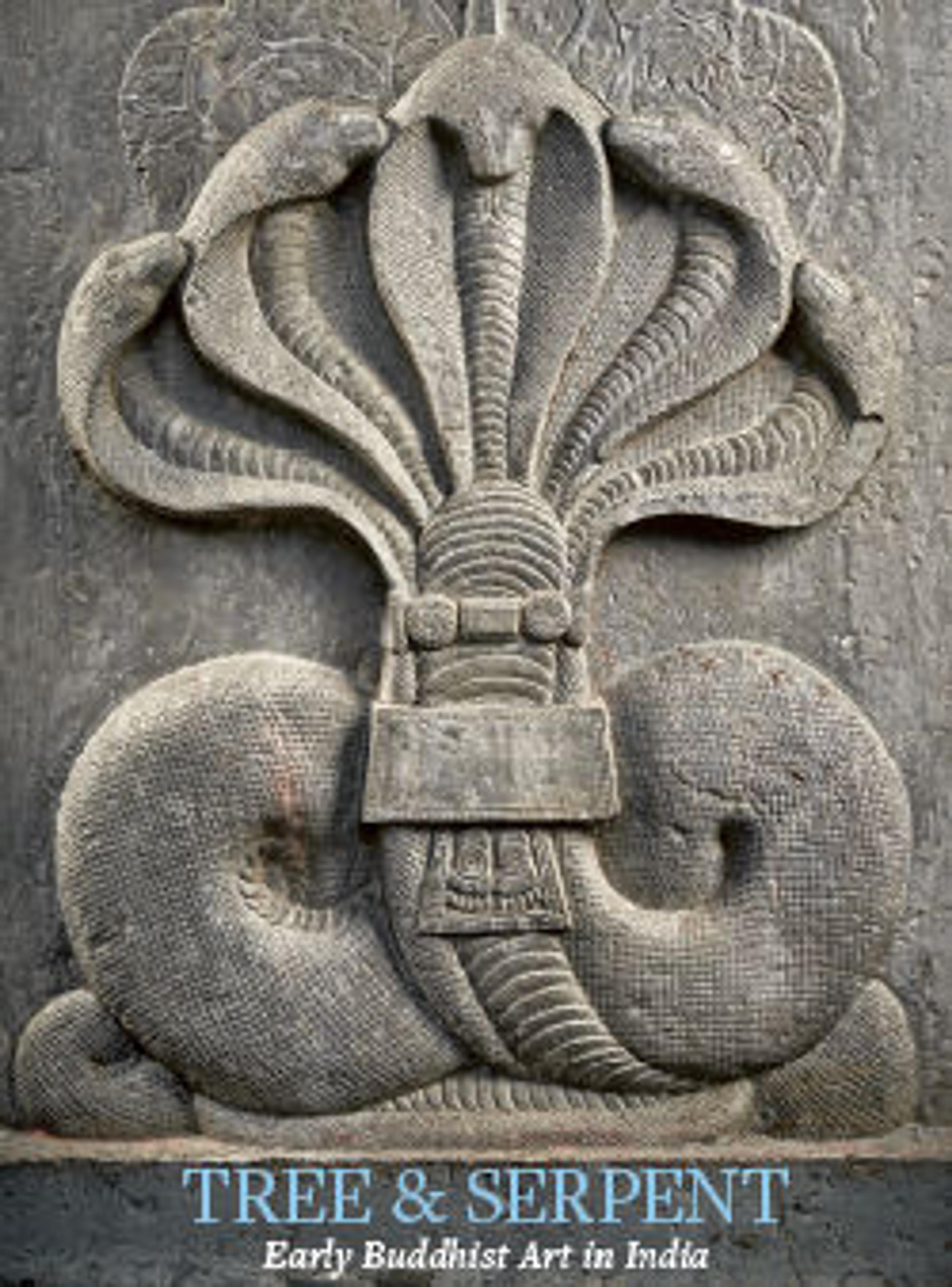One from a Pair of Ear Ornaments (Prakaravapra Kundala)
Artwork Details
- Title: One from a Pair of Ear Ornaments (Prakaravapra Kundala)
- Period: Satavahana
- Date: ca. 1st century BCE–1st century CE
- Culture: India, Andhra Pradesh
- Medium: Gold, sheet, wire and granulation
- Dimensions: H. 1 1/2 in. (3.8 cm); W. 3 in. (7.6 cm); L. 1 9/16 in. (4 cm)
- Classification: Jewelry
- Credit Line: Gift of John and Evelyn Kossak, The Kronos Collections, 1981
- Object Number: 1981.398.3
- Curatorial Department: Asian Art
Audio
7900. A Pair of Royal Earrings, Part 1
Gallery 234
These heavy gold earrings from the first century BC, take the form of curling vines, with flared buds at each end. Notice the narrow slit in each curl. The wearer threaded these through broad piercings in the earlobes. These earrings confirm that the large-scale earrings, necklaces, and bracelets that we see depicted on Indian sculptures probably were based on actual jewelry. Both men and women wore earrings, beginning in childhood. In many cases, over time, the weight stretched their ears nearly to their shoulders.
These earrings are lavishly decorated with granules, wire, and cut sheet gold. Look closely at the sides for small animals in relief: an elephant on one side, and a winged lion on the other. Both were emblems of royal power. These figures, along with the size and quality of the manufacture of the earrings, suggest that they belonged to a king.
We’ve placed them here to introduce our galleries devoted to the arts of South and Southeast Asia. If you’d like to hear more, press the green play button now.
Listen to more about this artwork
More Artwork
Research Resources
The Met provides unparalleled resources for research and welcomes an international community of students and scholars. The Met's Open Access API is where creators and researchers can connect to the The Met collection. Open Access data and public domain images are available for unrestricted commercial and noncommercial use without permission or fee.
To request images under copyright and other restrictions, please use this Image Request form.
Feedback
We continue to research and examine historical and cultural context for objects in The Met collection. If you have comments or questions about this object record, please contact us using the form below. The Museum looks forward to receiving your comments.
